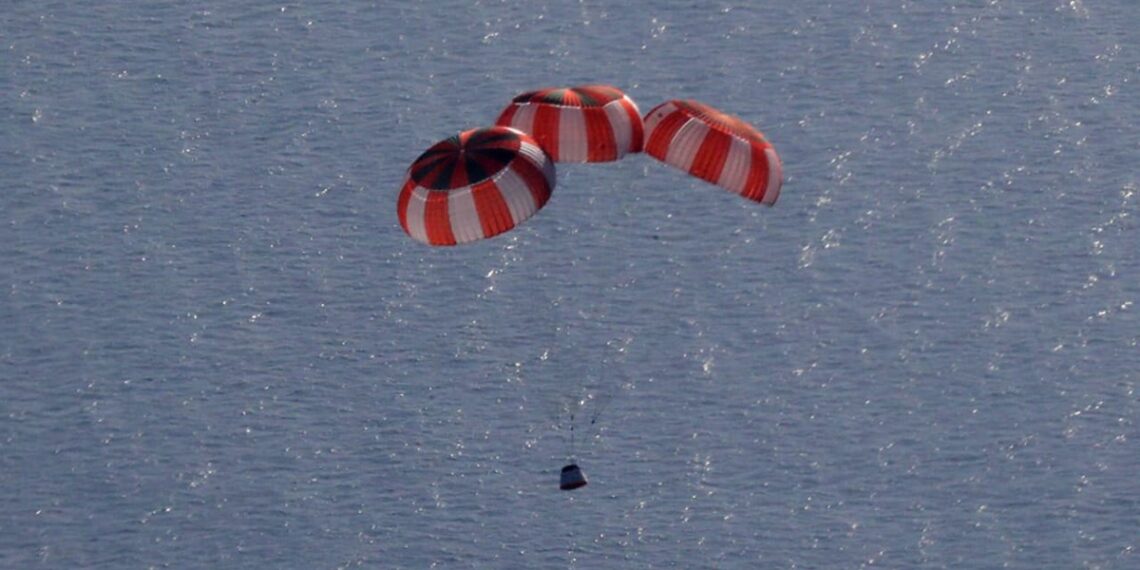Bengaluru: The Indian Space Research Organisation (ISRO) achieved a major milestone on Sunday by completing its first Integrated Air Drop Test (IADT-01), designed to validate the parachute-based deceleration system for the Gaganyaan mission.
The trial took place near Sriharikota in Andhra Pradesh and marked an important step toward India’s first human spaceflight programme.
According to ISRO officials, the end-to-end demonstration was carried out in collaboration with the Indian Air Force, DRDO, the Indian Navy, and the Coast Guard.
The Gaganyaan project aims to demonstrate the country’s capability to send astronauts into space and bring them safely back to Earth.
As part of its safety measures, the parachute-based deceleration mechanism plays a critical role in ensuring the secure recovery of the crew module during atmospheric re-entry and landing.
Earlier this week, Union Minister of State for Science and Technology Jitendra Singh informed the Lok Sabha that development and ground tests of the Human Rated Launch Vehicle (HLVM3) have already been completed for the programme.
He outlined the progress made so far, including the creation of key systems for the crew and service modules, development of five types of motors for the Crew Escape System (CES), and establishment of dedicated infrastructure such as the Gaganyaan Control Centre and crew training facilities.
Singh also highlighted advancements in precursor missions, including the successful test flight of TV-D1 for validating the Crew Escape System, with work underway on TV-D2 and additional integrated tests like IADT-01.
Ground networks for flight operations and communication have been configured, and recovery plans with necessary assets have been finalised.
ALSO READ: Centre plans Rs 25,000-crore export boost scheme to aid small businesses
Preparations for the first uncrewed mission, G1, are also in progress, with significant hardware such as CES motors, HS200 motors, and crew module structures already realised.
The Gaganyaan mission is seen as a transformative step for India’s space programme, setting the stage for long-duration human space missions.
Looking ahead, ISRO plans to establish the Bharatiya Antariksha Station (BAS) in low Earth orbit by 2035, with approval already granted for developing its first module.
The long-term roadmap also includes landing an Indian astronaut on the Moon by 2040, for which preliminary work on mission architecture and training is already underway.















